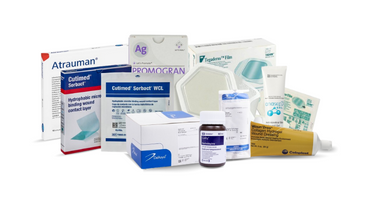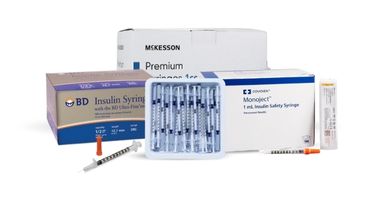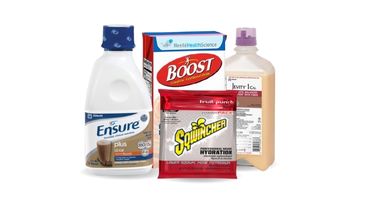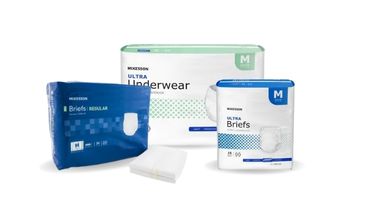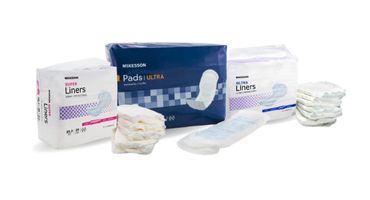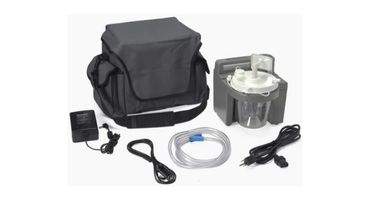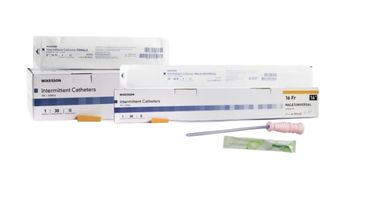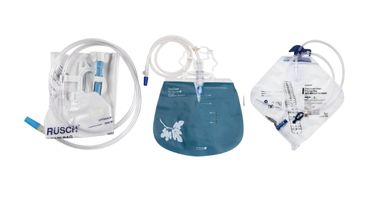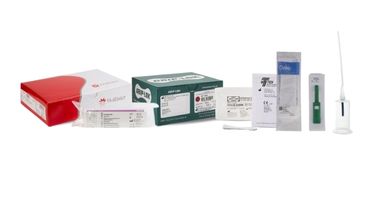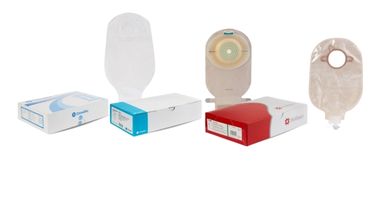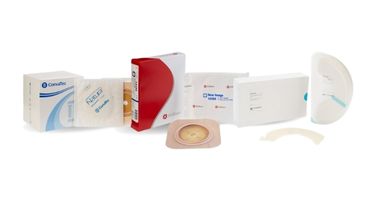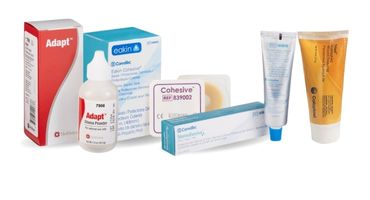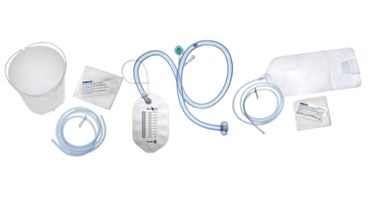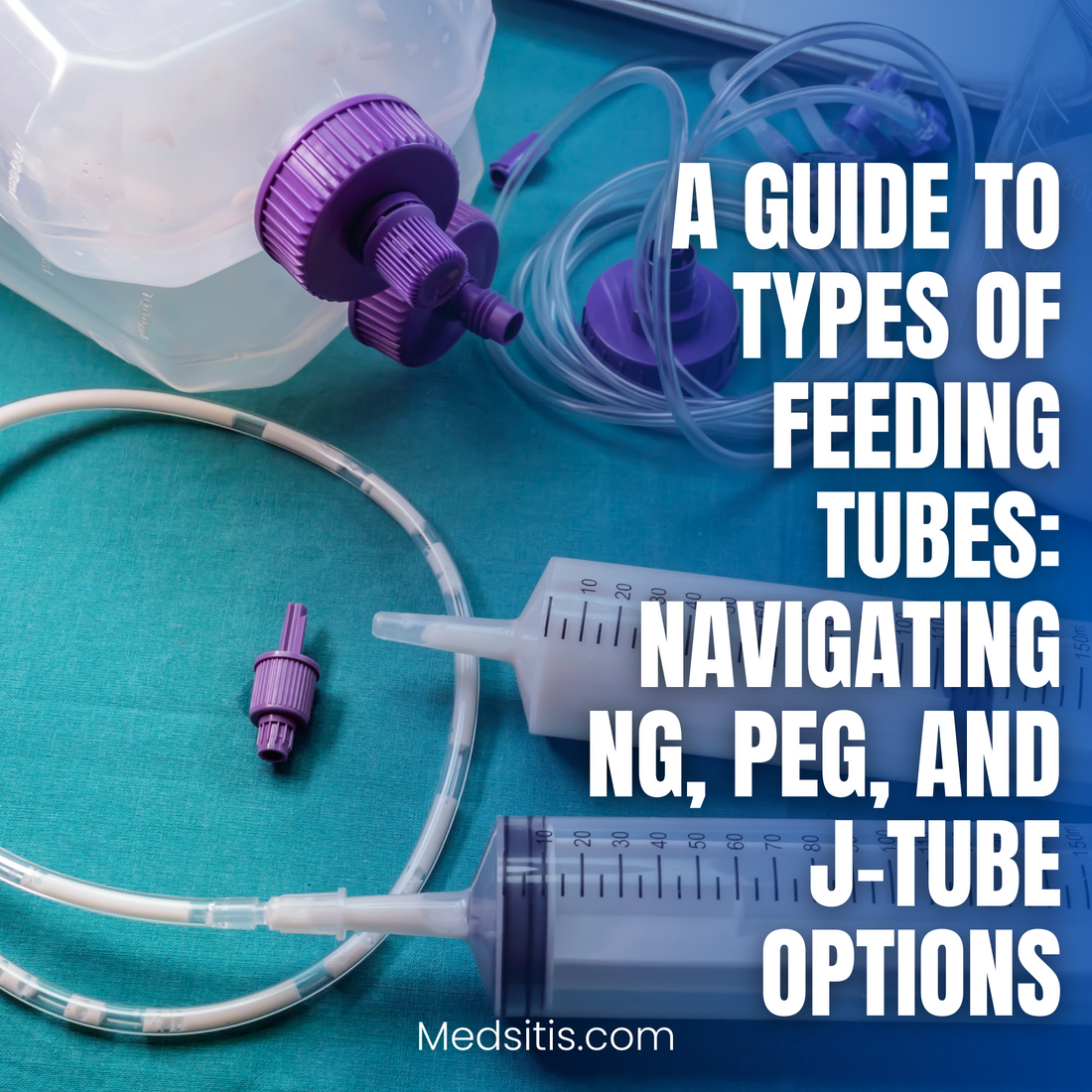Enteral feeding is a cornerstone in patient care, delivering essential nutrition to individuals unable to consume food orally due to various medical conditions. From stroke survivors and patients with dysphagia to those undergoing cancer treatment or elderly care, enteral nutrition ensures comprehensive nutritional requirements are met effectively. As a trusted resource in health and wellness, we provide insights into the intricate landscape of enteral feeding options, spotlighting NG, PEG, and J-tubes. Grasping these tube feeding options can empower healthcare professionals, caregivers, and patients to make strategic decisions about nutrition delivery, thereby enhancing quality of life.
Understanding Enteral Nutrition
Enteral nutrition stands as a fundamental pillar of patient care, offering core sustenance for those unable to eat normally. Here, we delve into its definition, significance, and the profiles of individuals who typically qualify for this feeding method.

Definition and Importance
Enteral nutrition involves delivering liquid nutrition directly into the gastrointestinal tract via a feeding tube. This approach ensures patients receive essential nutrients when oral intake is insufficient or impossible.
The importance of enteral nutrition is profound. It plays an instrumental role in sustaining proper nutrition for patients with diverse medical conditions, helping to avert malnutrition and facilitating recovery.
Enteral feeding is often favored over parenteral nutrition (intravenous feeding) due to its physiological nature, which maintains gut function and minimizes complications. It's an integral component in caring for many patients, from those with neurological disorders to individuals undergoing cancer therapy.
Who Qualifies for Enteral Feeding
Enteral feeding is typically advised for patients with a functioning gastrointestinal tract yet unable to eat or drink regularly. This encompasses individuals with various conditions and circumstances.
Common qualifying conditions include:
-
Neurological disorders (e.g., stroke, multiple sclerosis)
-
Head and neck cancers
-
Gastrointestinal disorders
-
Severe burns
-
Critical illnesses necessitating prolonged ICU stays
Patients with dysphagia (difficulty swallowing) or those at significant risk of aspiration may also benefit from enteral nutrition. Additionally, individuals with conditions that heighten nutritional needs, such as cystic fibrosis, may qualify for supplemental enteral feeding.

Healthcare professionals make the decision to commence enteral feeding based on a comprehensive assessment of the patient's medical condition, nutritional status, and overarching treatment plan.
Conclusion
Enteral nutrition is a vital component of patient care, offering critical support to those unable to consume food orally. Understanding the various feeding tube options—such as NG, PEG, and J-tubes—enables healthcare professionals, caregivers, and patients to make informed decisions that enhance nutritional delivery and improve quality of life.
As a trusted partner in health and wellness, Medsitis continues to lead the way in enteral nutrition. By combining innovative products with comprehensive support and educational resources, Medsitis plays a pivotal role in advancing patient care and ensuring that individuals receive the essential nutrition they need to thrive.

